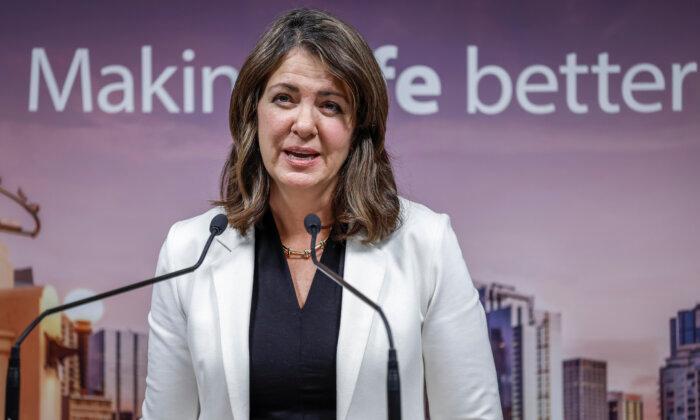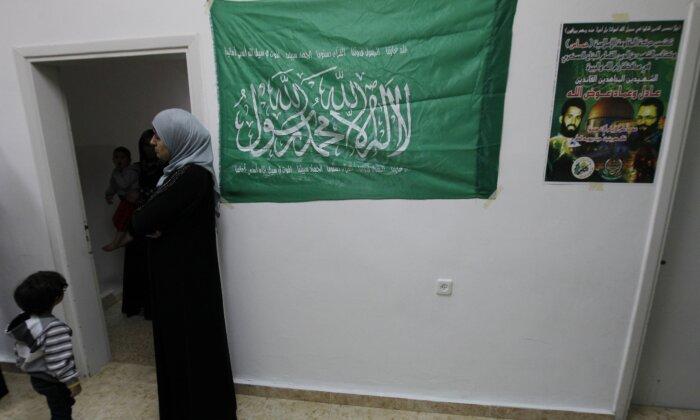At approximately 6:30 p.m. local time on May 7, Alberta had 108 active wildfires burning, with 29 considered out of control and 61 under control and contained. Another 22 fires were being held and not expected to grow past expected boundaries.
Officials at an afternoon press conference earlier that day said 16 new wildfires started within the previous 24 hours, with the total area of the province burned this year now over 375,000 hectares.
Blair said that in some cases ongoing smoke and fire conditions are preventing officials from fully assessing property loss. “We know structures have been lost. But our first priority is protecting lives and dealing with the emergency response,” said Blair.
Help Coming
Speaking at the press conference, Christie Tucker from Alberta Wildfire said that “today we’ve seen some light scattered showers in the southern part of the province as far north as Fox Creek. The good news is that it did have an impact on fire behaviour today in that area. It allowed firefighters to get a chance to work on the areas of some wildfires that they haven’t been able to get close to because of extreme wildfire behaviour.”“When we see extreme wildfire behaviour, like we have seen in the last few days. It can present challenges that would make it unsafe for firefighters to be in direct proximity with the flame,” she said.
“When we talk about prioritizing safety and human life, that includes our folks as well. So we have to be sure that firefighters are going to remain and be able to fight the fire as safely as possible,” said Tucker.
Tucker said an incident management team from British Columbia was on route to help and will take over the wildfire near Edson and the Pembina complex in the northern Rocky Mountain House area.
Tucker added that fire alerts and notifications are being “supported with a national system.”
Prioritizing Safety
Premier Danielle Smith said on Twitter on May 6, “The number of wildfires and evacuations has increased again and we must prioritize the safety of Albertans. We are putting all our resources toward fighting these fires.”“Our emergency services personnel are doing everything they can to stop these fires. When Alberta comes together in tough moments like these, we become better. I am thankful for our firefighters, our police officers, our nurses, doctors, paramedics, and every Albertan who has answered the call to help,” she said.
Over 8,000 people have been evacuated from Edson and many of those affected are sheltering in Hinton and Jasper, Blair said at the May 7 press conference. Another community affected, Drayton Valley and Brazeau County, evacuated more than 7,000 people, with some 1,000 sheltering at the Edmonton Expo Centre, he added.
“Critical power and electricity infrastructure is being threatened and the current priority is the protection of the substation, which powers both Hinton and Jasper” and nearby areas, said Blair.
An election is underway in Alberta, with election day set for May 29, and some candidates from areas affected by the fires have announced they are suspending campaign activities on May 6.





